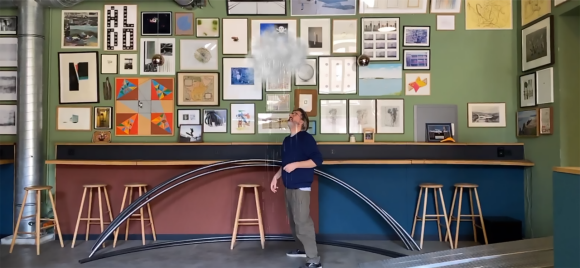How technology is transforming our engagement with art
Ben Vickers, CTO Serpentine Galleries, Sophie Perceval and Olivier Berger, co-founders of Wondeur AI, JiaJia Fei, Digital Strategist, and Jacob de Geer, Founder of Acute Art, in conversation for The Bulletin with UBS, a Monocle podcast


